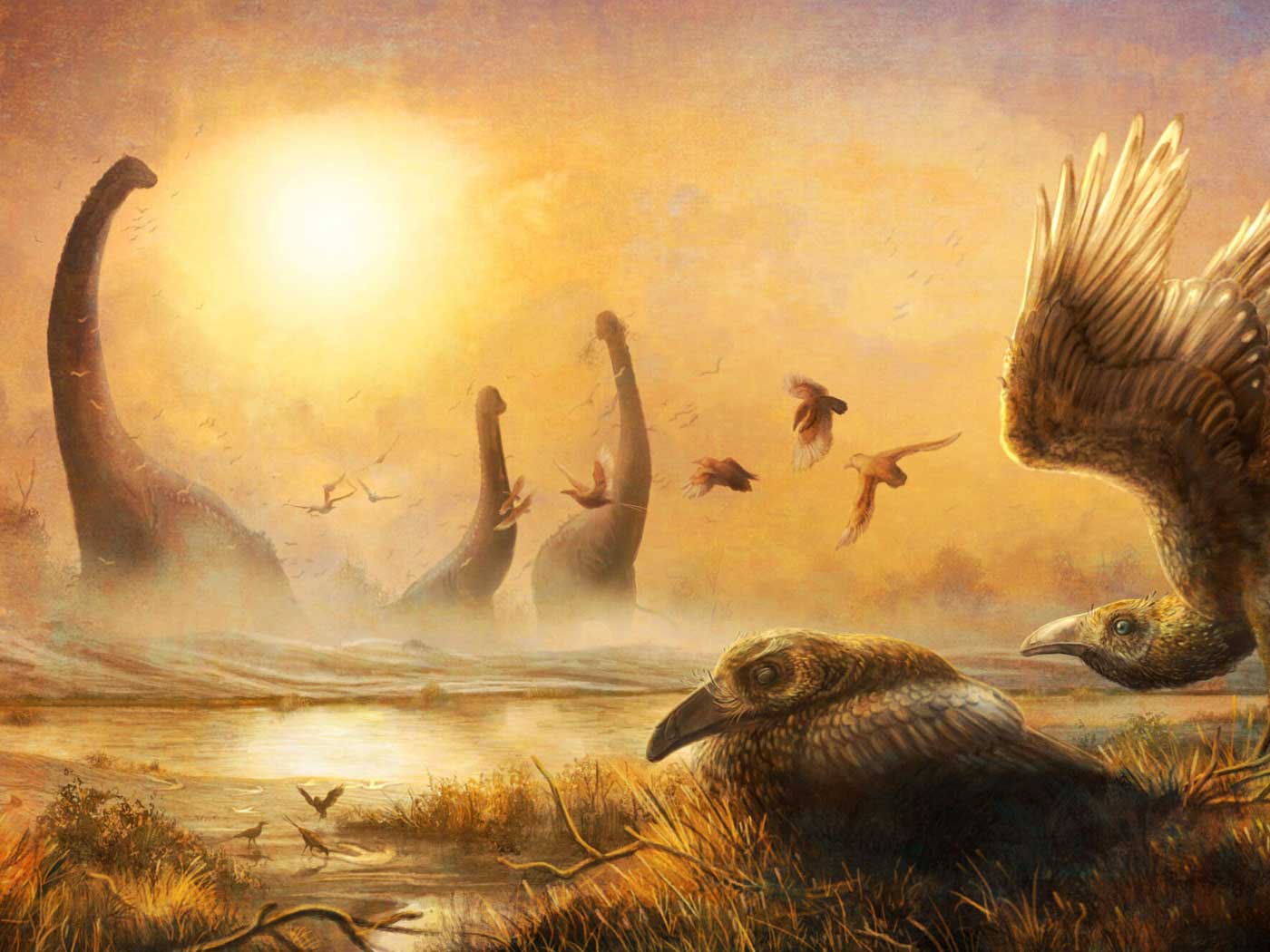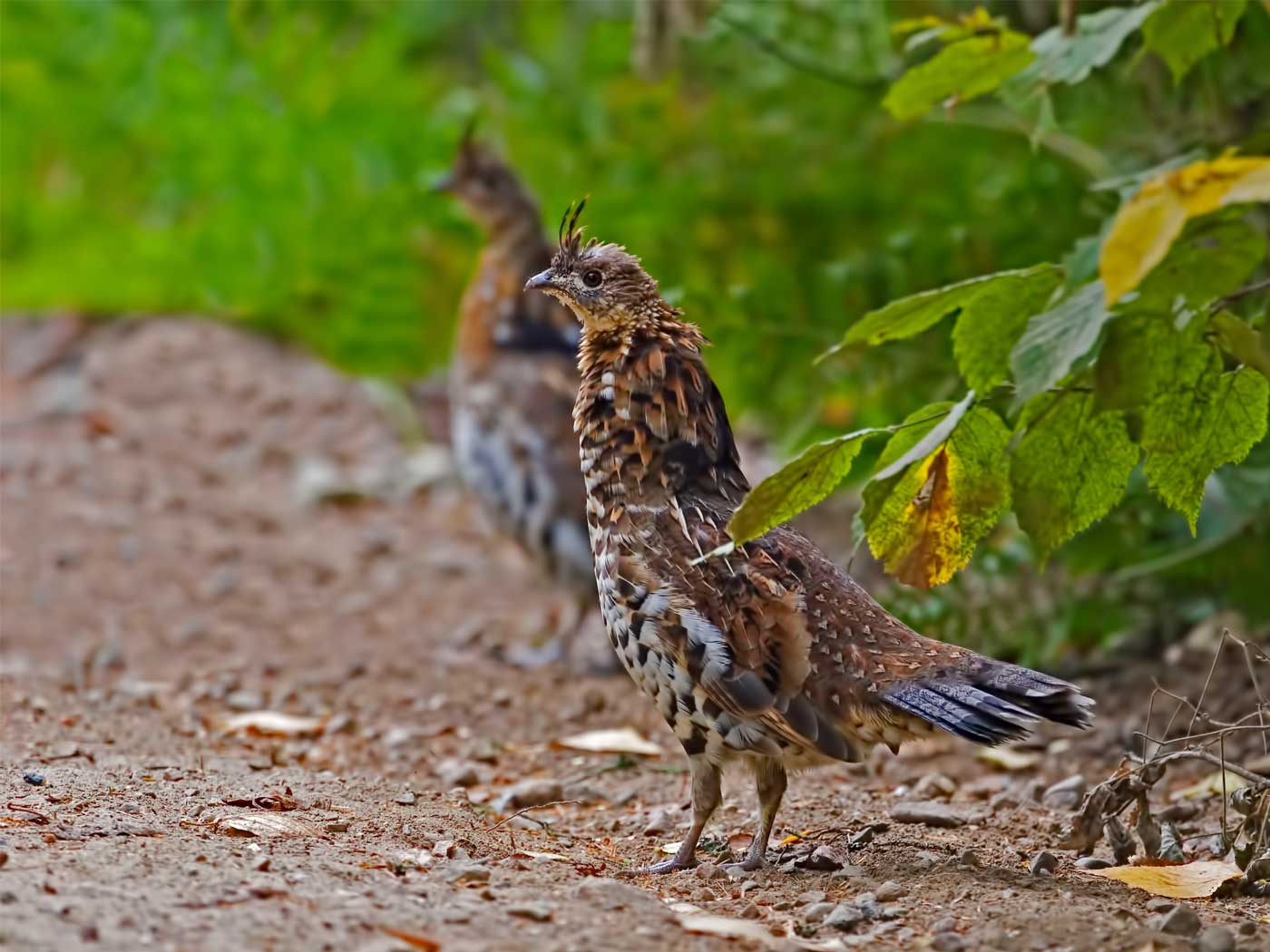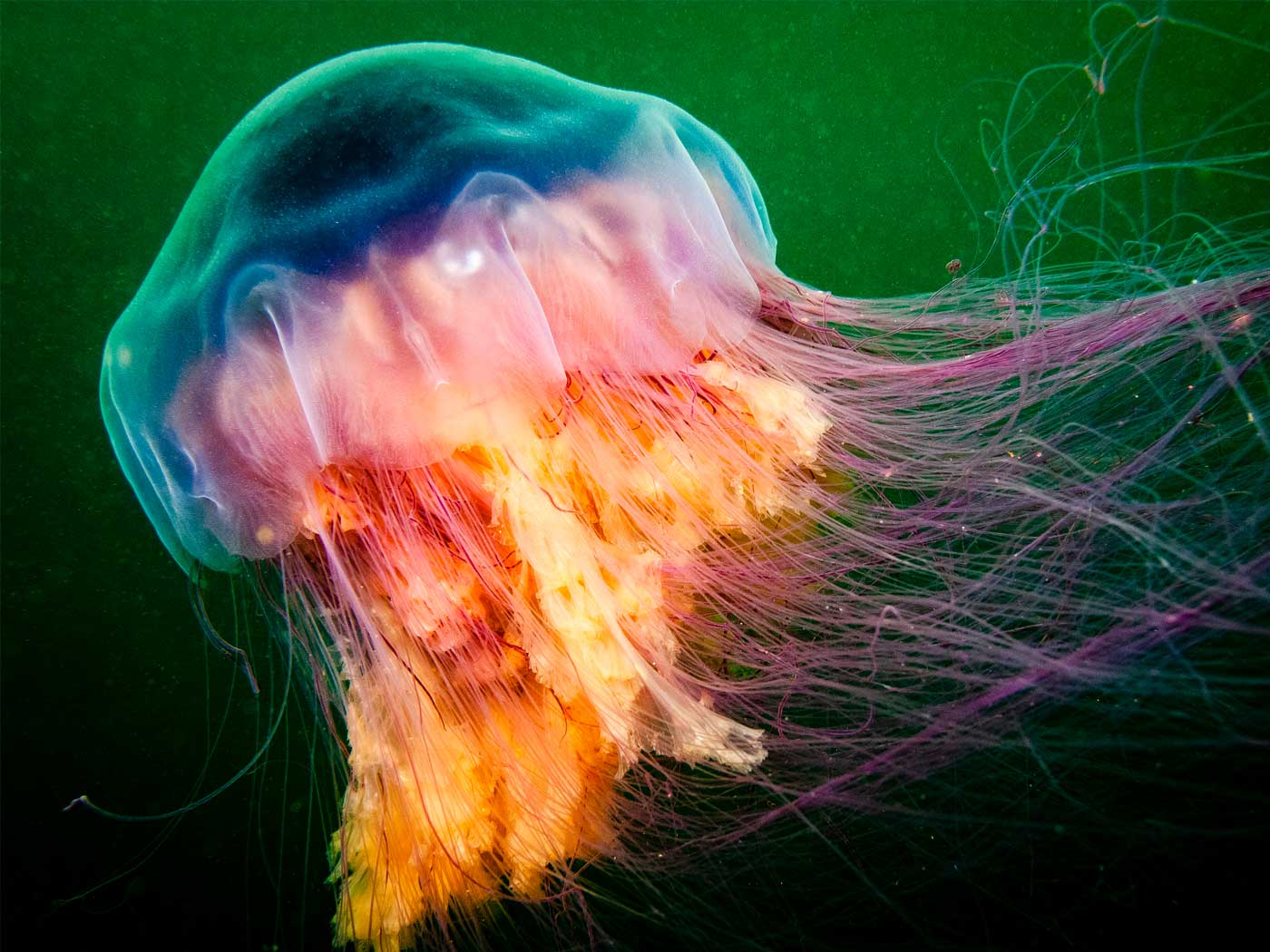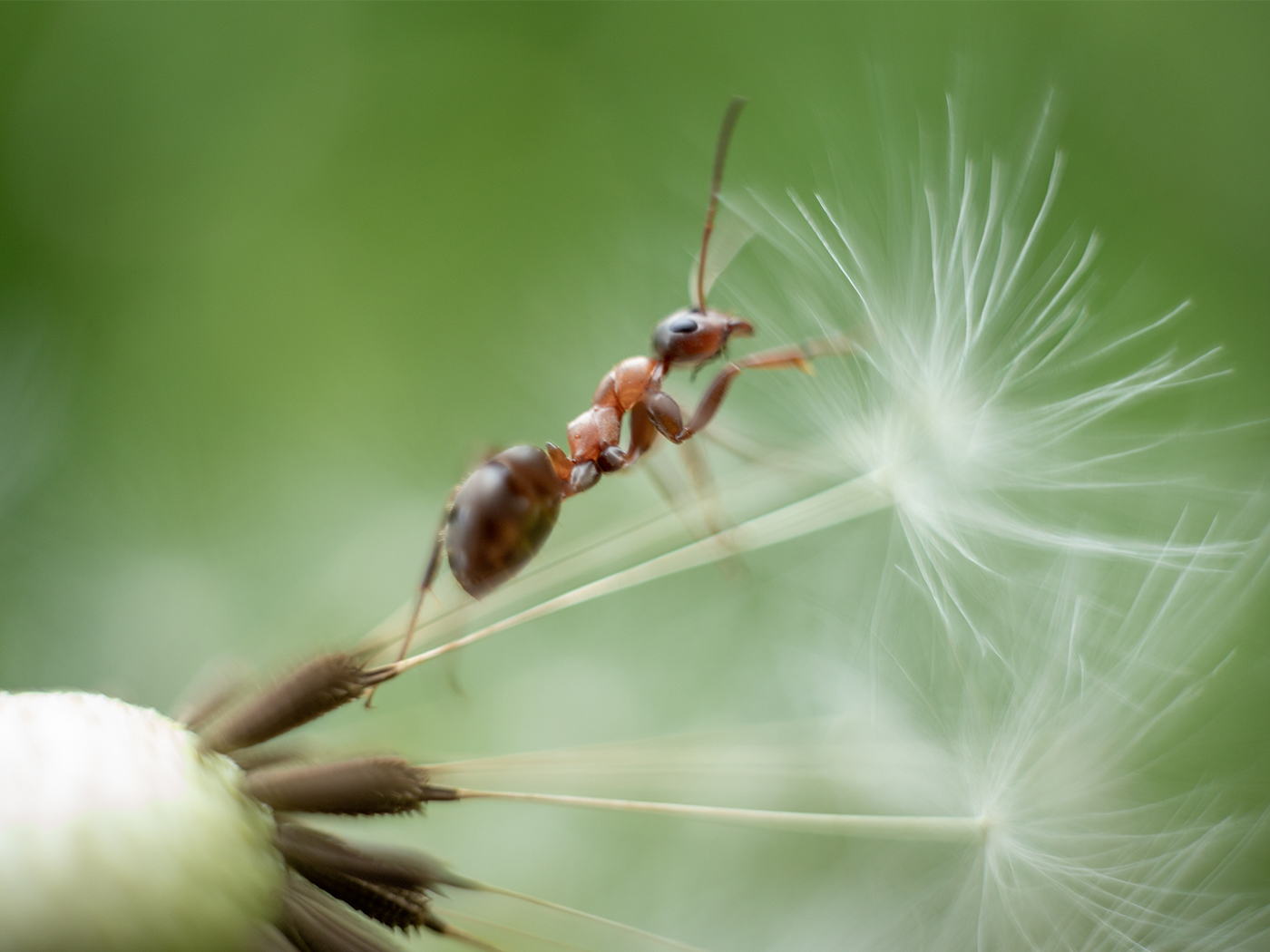Flowers are as beautiful as they are complex. Flowers (Anthophyta) are designed with a receptacle (axis) upon which are found the carpel (ovary, style stigma) and stamen (filament and anther). The petals provide colorful aesthetic value while nectar guides within the petals can only be seen by pollinating insects that are able to see in the ultra-violet range.
The ongoing puzzle for evolutionary botanists is the origin of the flowering plants, an “abominable mystery” to Charles Darwin.1 In addition, they ask how the flowering plants evolved such great diversity so rapidly?
Through the decades, one-hundred percent flowering plant fossils (as opposed to non-flowering) have been discovered in the sedimentary rocks such as a “145 million-year-old” perfect flower (Euanthus) in China in 2016.2
In November 2021, it was reported the discovery of Florigerminis jurassica, a “164 million-year-old” fossil composed of the flower bud, fruiting body, and leafy branch—all in excellent condition.3 How does this discovery help answer the centuries-old mystery of flowering plant origin? Indeed, Cui et al stated, “Florigerminis jurassica underscores the presence of angiosperms in the Jurassic [over “145 million-years-ago”] and demands a re-thinking on angiosperm [flowering plants] evolution.”2 Traditionally, the discovery of a fossil flowering plant is accompanied by cautious statements such as “could be the answer to flower evolution” or “could be the transitional stage”—but they are just flowers with no indication as to how they evolved from a non-flowering plant.
So, this finding hardly eases the pain of the centuries-old enigma of flowering-plant origin. It simply pushes their origin lower in the geologic column. Creationists maintain this evidence points to creation: the first flowering plants are well-designed to move in and fill niches and multiply after their kind.
No wonder evolutionists continue to say, “How flowers came to be has been an intensely debated mystery.”4
Seed-bearing plants were created thousands of years ago at the beginning of Day 3 of the creation week.5
References
1. Tomkins, J.P. and T. Clarey. 2018. Darwin's Abominable Mystery and the Genesis Flood. Acts & Facts. 47 (6).
2. Liu, Z. and X. Wang. 2016. A perfect flower from the Jurassic of China. Historical Biology. 28(5): 707-719.
3. Cui, D. et al. 2021. Geological Society London Special Publications. A Jurassic flower bud from the Jurassic of China.
4. Fu, Q. et al. 2018. An unexpected noncarpellate epigynous flower from the Jurassic of China. eLife.
5. Genesis 1:11-13.
Image: Florigerminis jurassica
Image Credit: Copyright © NIGPAS. Used in accordance with federal copyright (fair use doctrine) law. Usage by ICR does not imply endorsement of copyright holder
*Dr. Sherwin is Research Scientist at the Institute for Creation Research. He earned an M.A. in zoology from the University of Northern Colorado and received an Honorary Doctorate of Science from Pensacola Christian College.
Oldest Fossil Flower Bud and Branch Discovered
The Latest
Was a Key to Photosynthesis Evolution Discovered?
Northern Canadian lakes were the source of recently discovered unique photosynthetic bacteria of the phylum Chloroflexota. After years of culturing,...
CREATION PODCAST
Four Moons That Indicate a Young Universe | The Creation Podcast:...
Earth has one moon, but Jupiter has many! What can we learn from our celestial neighbor's satellites? Do they indicate youth?
Host...
Creation Kids: Seeds and Sprouts
by Renée Dusseau and Susan Windsor*
You're never too young to be a creation scientist and explore our Creator's world. Kids, discover...
APOLOGETICS
Christ’s Creativity in Canyon Critters
Grand Canyon animals display many marvelous traits and behaviors as they live life in that harsh habitat. These canyon creatures succeed thanks to the...
Standing Against False Science
I’m Michael Stamp, and I’m in my 12th year as an editor at the Institute for Creation Research. It’s always an encouragement to see...
Oysters and Pre-Flood Longevity
The oyster species Crassostrea virginica, also known as the eastern oyster, is a prized seafood. Research has demonstrated that a fossil version of...
Galápagos Finches: A Case Study in Evolution or Adaptive Engineering?
A group of birds known as Darwin’s finches live in the Galápagos Islands, which are located in the Pacific Ocean 600 miles west of Ecuador....
Hot Springs National Park: Hydrothermal Springs Formed By The...
Hot Springs National Park is located about an hour southwest of Little Rock in the folded Ouachita Mountains of central Arkansas. It is the second smallest...
Why Biology Needs A Theory of Biological Design—Part 2
“Based on a true story” is included by movie producers to add authenticity, importance, and a flair of anticipation. So, my account of how...
Marine Fossil Tapeworm Is Still a Tapeworm
The Flood was both sudden and rapid. The burial of creatures—including delicate plants and soft-bodied animals like jellyfish1—occasionally...























